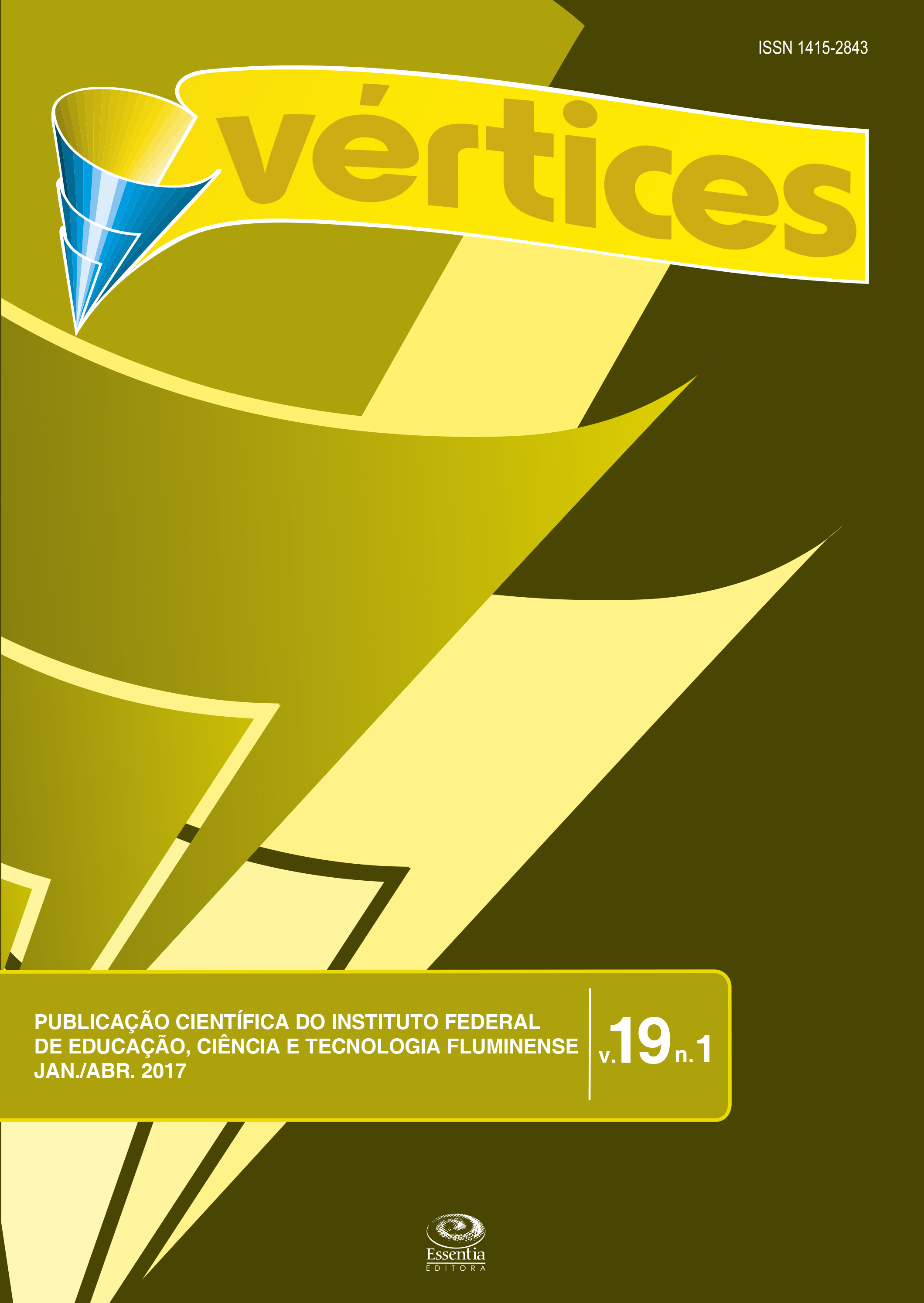Physicochemical and microbiological evaluation of yoghurts marketed in Rio Pomba/MG and comparison with the parameters of the legislation
DOI:
https://doi.org/10.19180/1809-2667.v19n12017p191-200Keywords:
Yoghurt, Lactic Acid Bacteria, Food Quality, LegislationAbstract
The aim of this study is to verify the microbiological and physicochemical quality of yoghurts marketed in the city of Rio Pomba, MG. Samples from seven brands were analyzed. For total and fecal coliforms, the samples presented below 2 CFU/g. In relation to analysis of lactic acid bacteria, only in one sample was found value greater than 107 CFU/g, according to current legislation. The marks range between 14.12% to 18.52% for ESD, of those five were above the limit recommended by current legislation (15% ESD). All samples heeded the standard set by the legislation for acidity (0.6 to 1.5g of lactic acid/100g). For proteins, four of them were out of limits established by law (minimum 2.9g/100g). Also, four samples presented starch in its composition. In relation to the count of filamentous fungi and yeasts, the samples are in accordance with the current legislation. Thus, a more efficient surveillance is necessary, given that part of the brands analyzed did not meet the standards set by legislation. The aim of this study is to verify the microbiological and physicochemical quality of yoghurts marketed in the city of Rio Pomba, MG. Samples from seven brands were analyzed. For total and fecal coliforms, the samples presented below 2 CFU/g. In relation to analysis of lactic acid bacteria, only in one sample was found value greater than 107 CFU/g, according to current legislation. The marks range between 14.12% to 18.52% for ESD, of those five were above the limit recommended by current legislation (15% ESD). All samples heeded the standard set by the legislation for acidity (0.6 to 1.5g of lactic acid/100g). For proteins, four of them were out of limits established by law (minimum 2.9g/100g). Also, four samples presented starch in its composition. In relation to the count of filamentous fungi and yeasts, the samples are in accordance with the current legislation. Thus, a more efficient surveillance is necessary, given that part of the brands analyzed did not meet the standards set by legislation.Downloads
Published
Issue
Section
License
Copyright (c) 2023 Jean Victor dos Santos Emiliano, Sebastião Moreira Júnior, Fabiana de Oliveira Martins, Cleuber Raimundo da Silva, Renata Cristina de Almeida Bianchini Campos, Priscilla Vieira Tonieto Balbi, Aurélia Dornelas de Oliveira Martins

This work is licensed under a Creative Commons Attribution 4.0 International License.
The authors of the manuscript submitted to Vértices, hereby represented by the corresponding author, agree to the following terms:
The authors retain the copyright and grant Vértices the right of first publication.
At the same time the work is licensed under the Creative Commons Attribution 4.0 International License, allowing third parties to copy and redistribute the material in any medium or format and to remix, transform, and build upon its content for any legal purpose, even commercially, provided the original work is properly cited.
Authors will not receive any material reward for the manuscript and Essentia Editora will make it available online in Open Access mode, through its own system or other databases.
Authors are authorized to enter into additional contracts separately for non-exclusive distribution of the version of the work published in Vértices (eg, publish in institutional repository or as book chapter), with acknowledgment of authorship and initial publication in this journal.
Authors are permitted and encouraged to disseminate and distribute the post-print (ie final draft post-refereeing) or publisher's version/PDF at online information sources (eg, in institutional repositories or on their personal page) at any time after the first publication of the article by Vértices.
Essentia Editora may make normative, orthographic and grammatical changes in the originals in order to maintain the standard language, with the final consent of the authors.
The content and opinions expressed in the manuscript are the sole responsibility of the author (s).























1.png)



